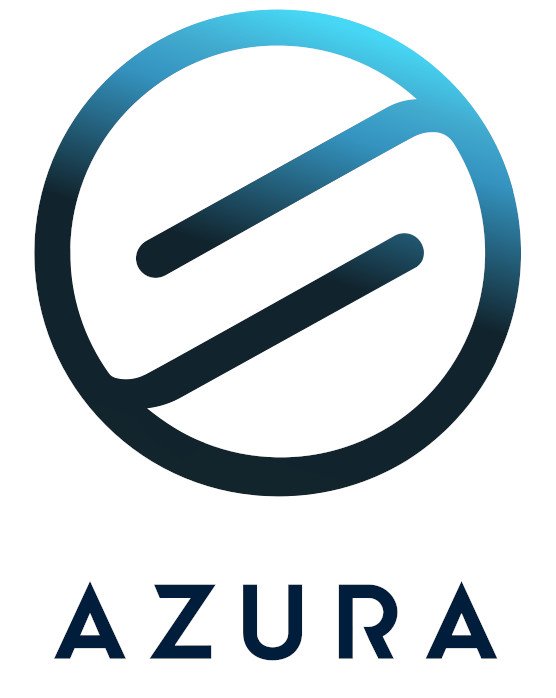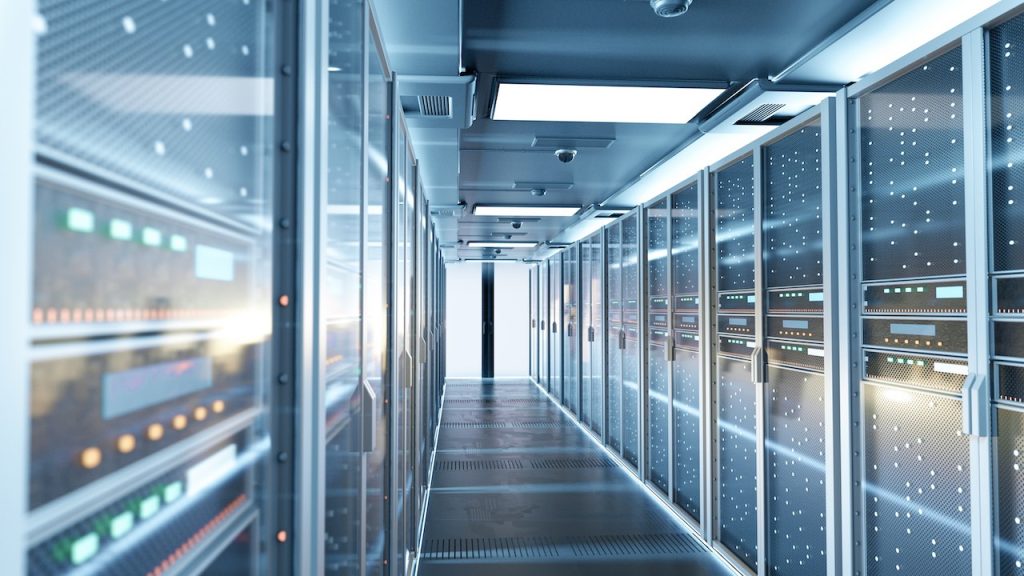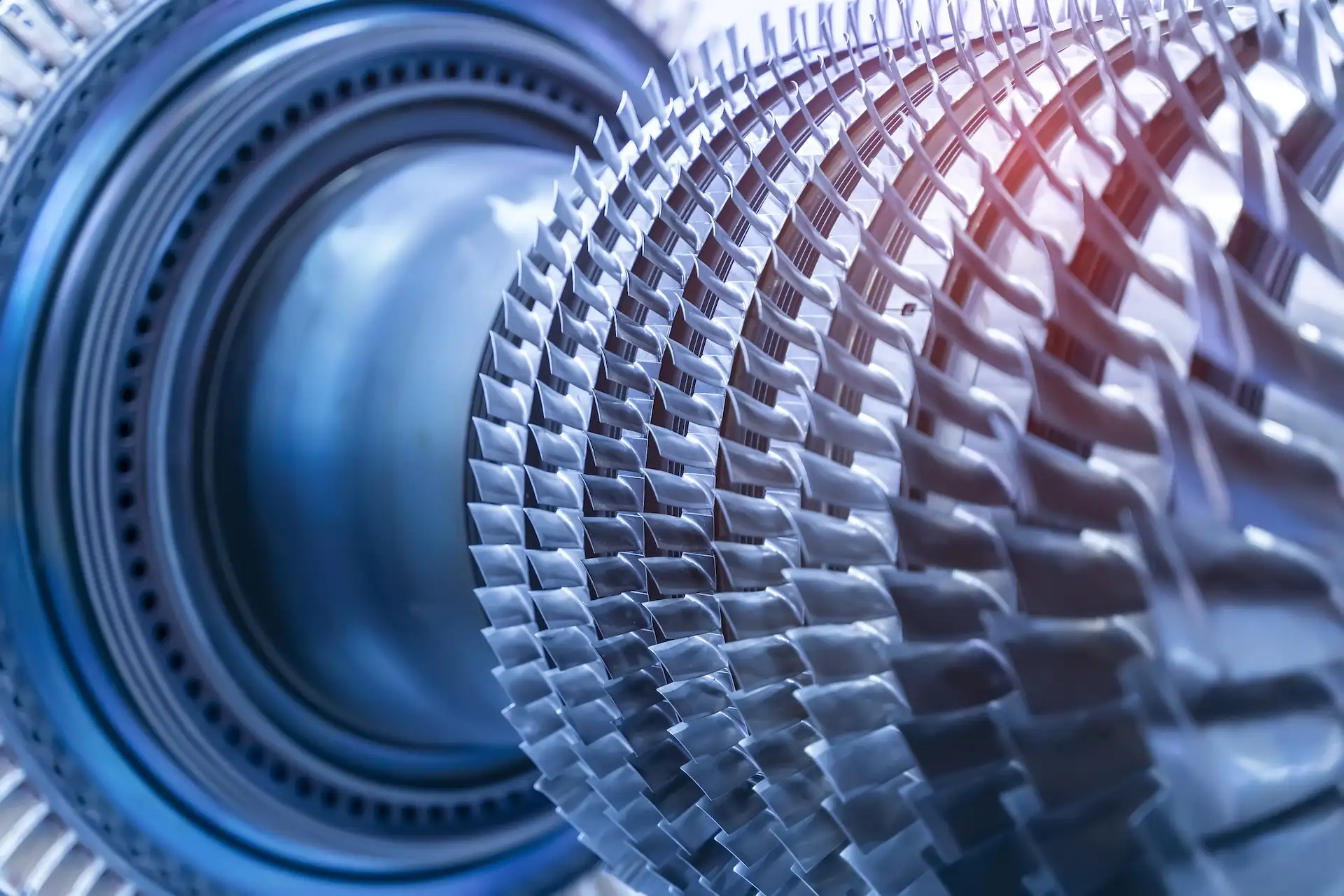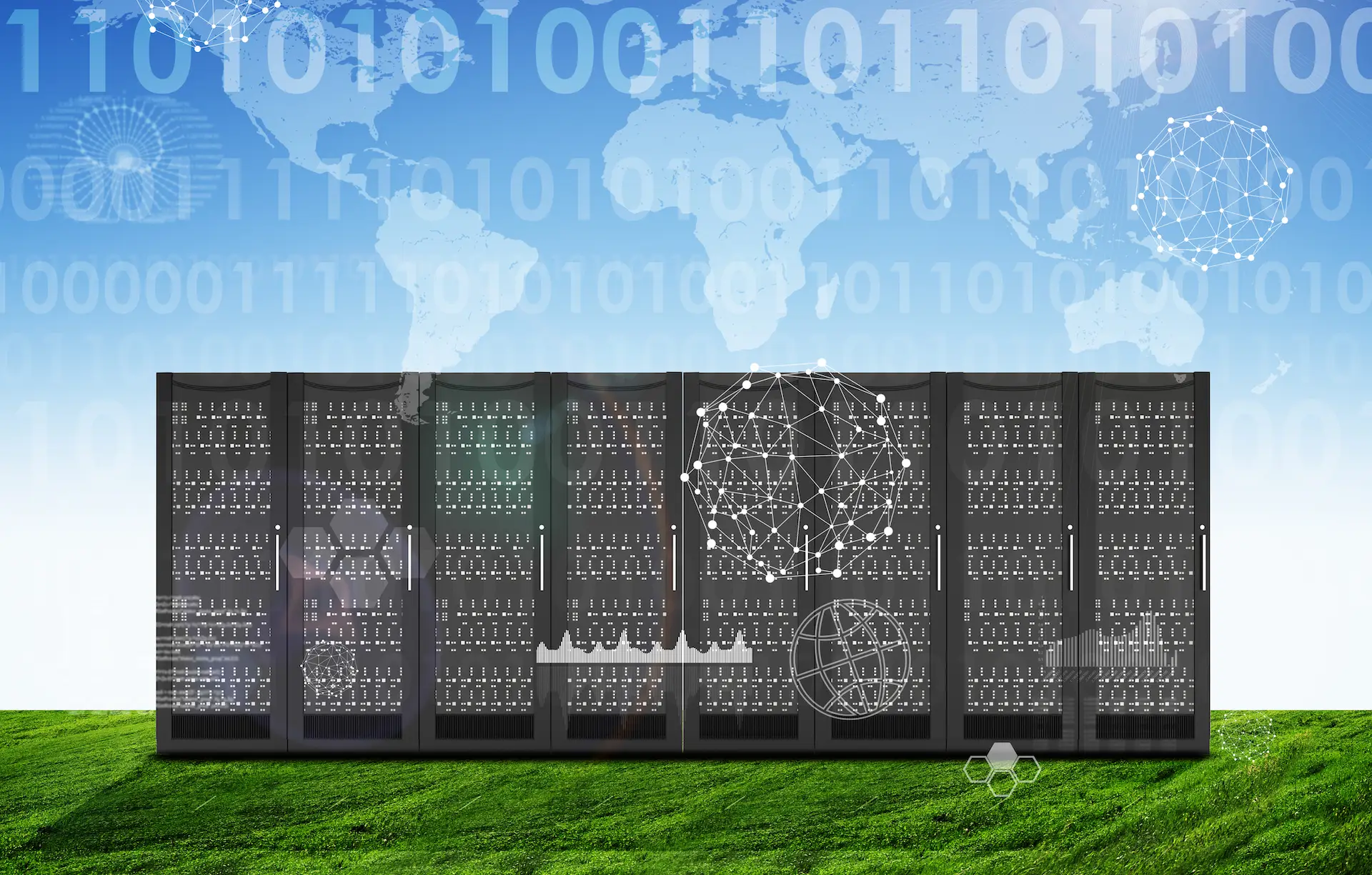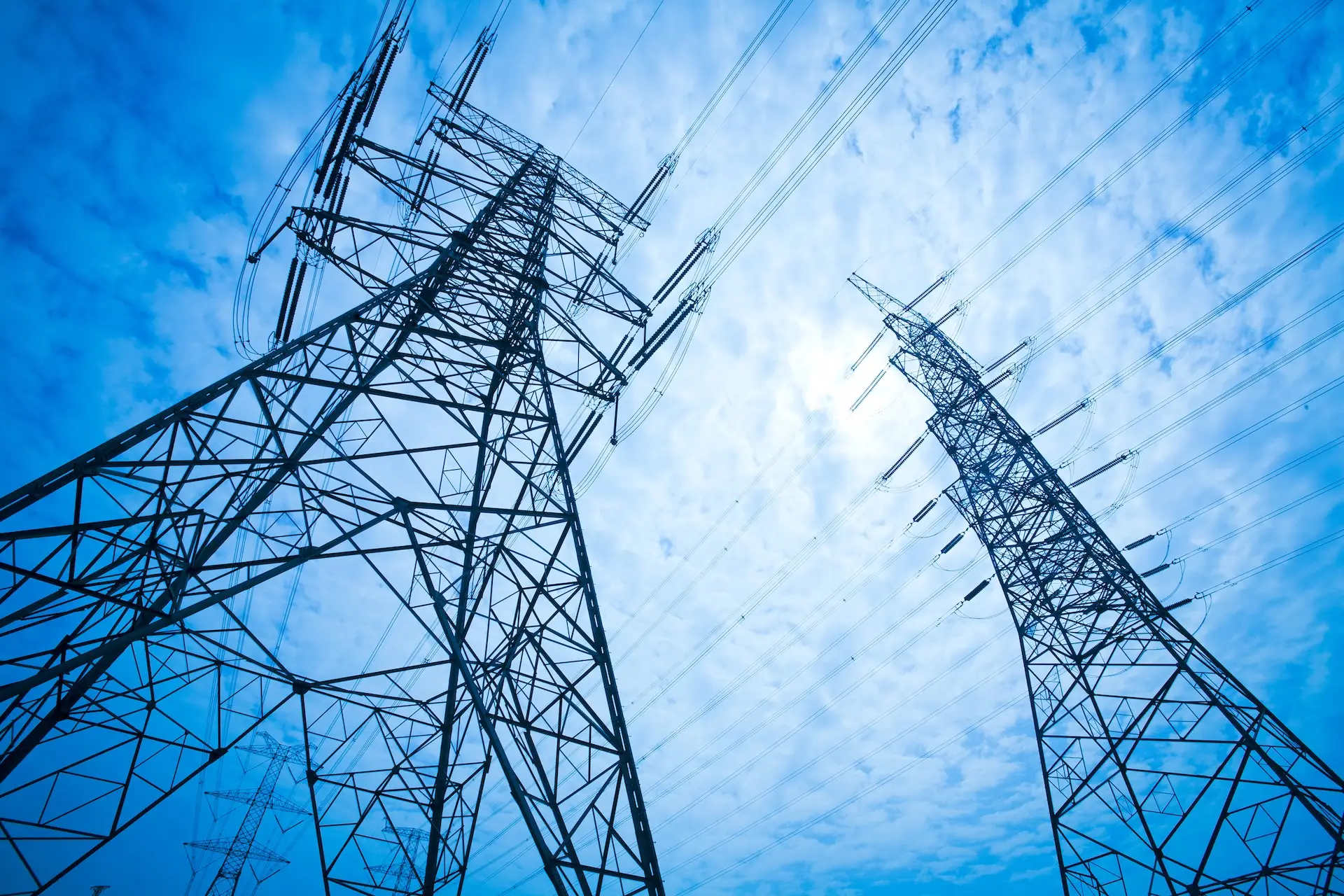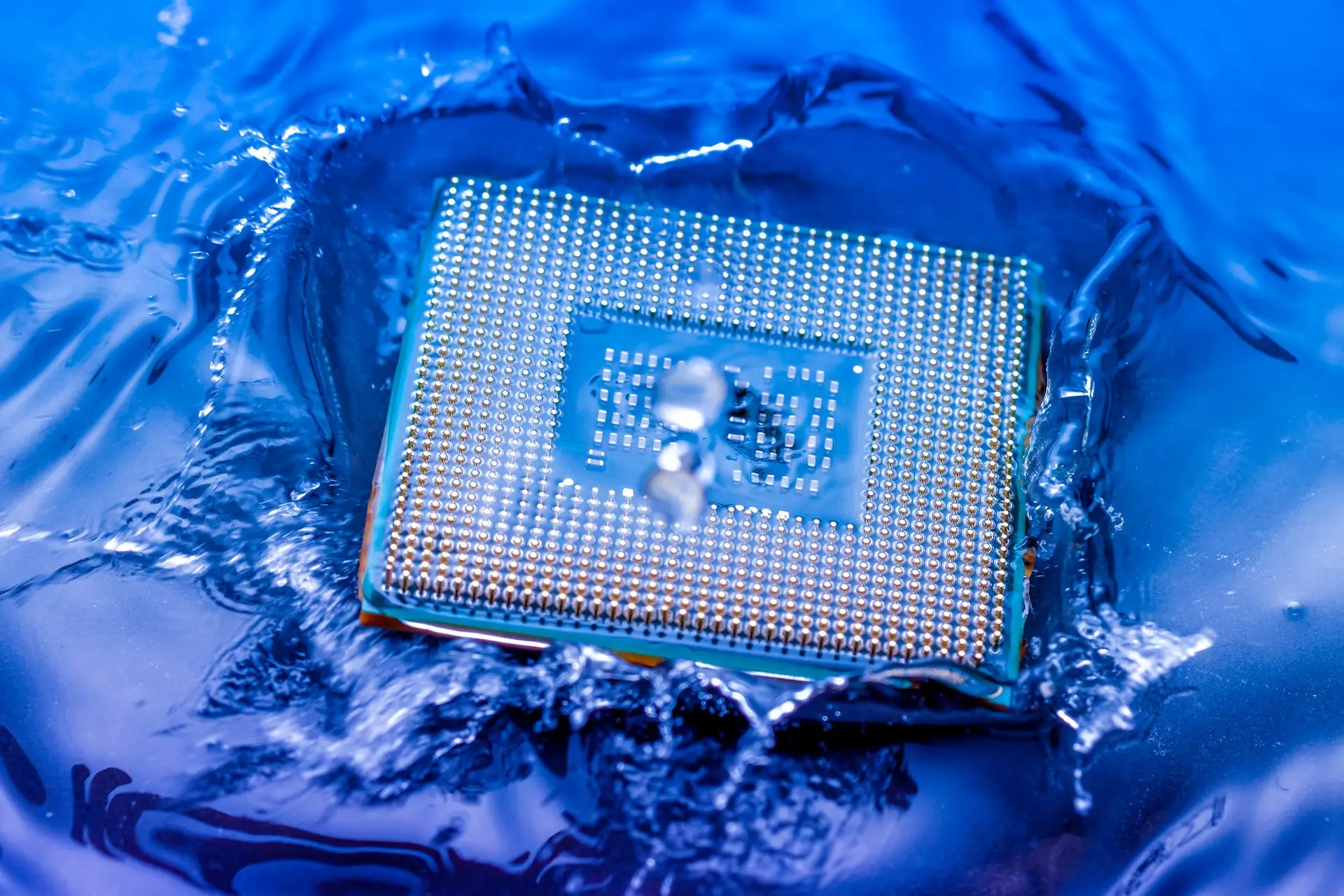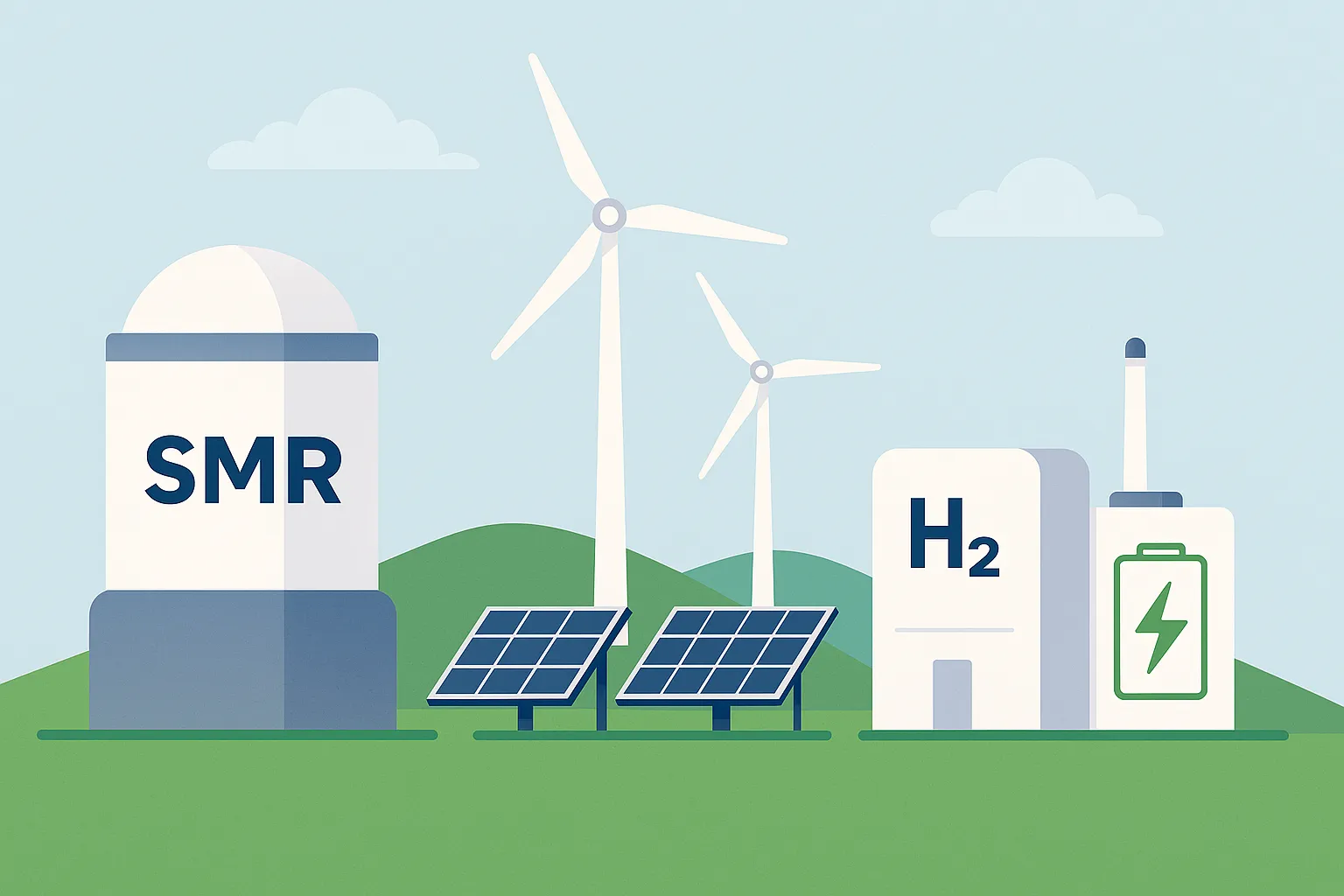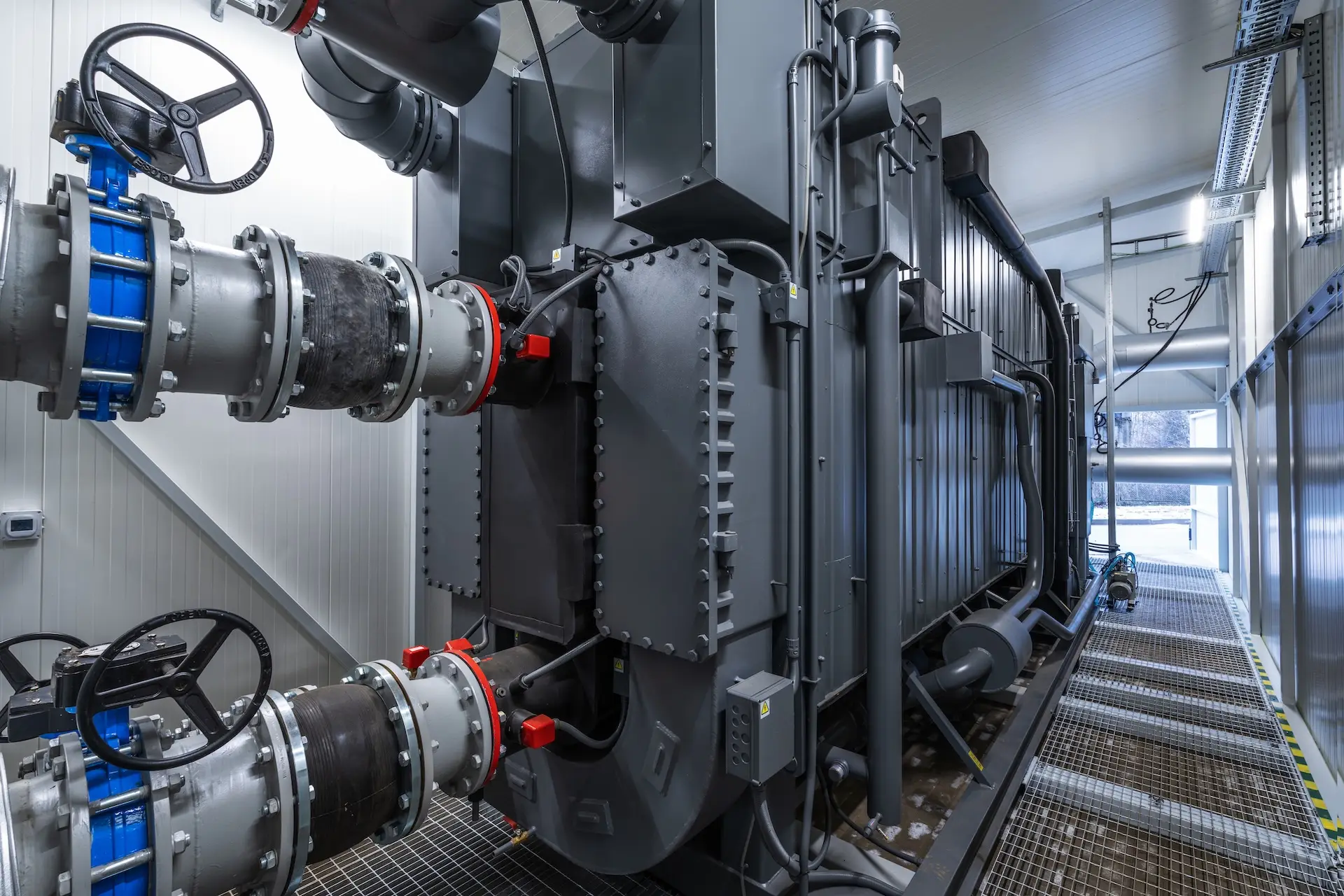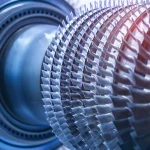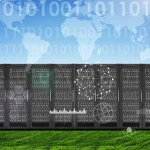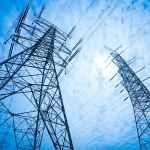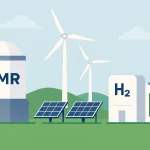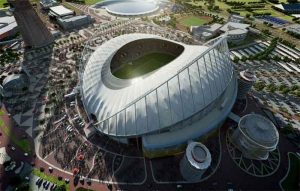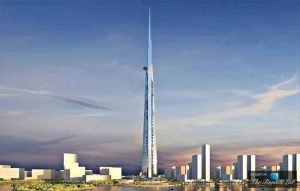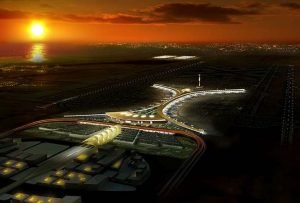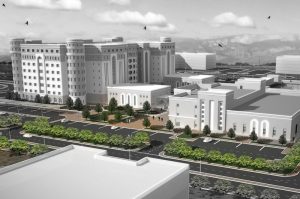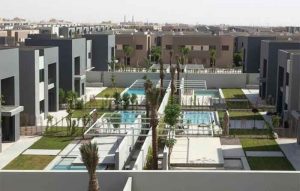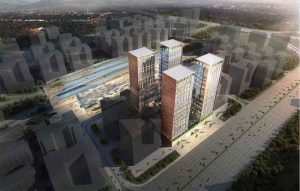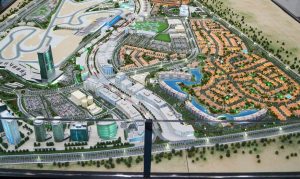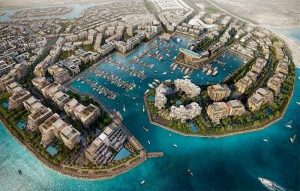PUE assesses data center energy efficiency, aiming for lower values, cost savings, and a smaller environmental footprint in design and operation.
A Series Of Articles In Data Center Efficiency and Sustainability
Data centers play a pivotal role in our digital-driven world, and measuring their efficiency and sustainability is critical for mitigating their environmental impact. Three key metrics – Carbon Usage Effectiveness (CUE), Power Usage Effectiveness (PUE), and Water Usage Effectiveness (WUE) – are central to this evaluation.
This series of articles delves into the realms of data center efficiency and sustainability, exploring the three pivotal metrics that gauge its environmental impact:
- Carbon Usage Effectiveness (CUE) is a metric that focuses on the carbon footprint of a data center, expressing the amount of carbon dioxide emitted per unit of IT energy consumption. By analyzing CUE, data center operators can gain insights into the environmental impact of their operations and implement strategies to minimize carbon emissions. Lower CUE values indicate more sustainable practices, aligning data center operations with global efforts to combat climate change.
- Power Usage Effectiveness (PUE) is another crucial metric that assesses the energy efficiency of a data center. PUE represents the ratio of the total energy consumed by the data center to the energy consumed by the IT equipment. A PUE value of 1.0 indicates maximum efficiency, where all energy is used to power IT equipment. As PUE increases beyond 1.0, it signifies a higher proportion of energy being used for non-computing activities, highlighting inefficiencies. Lowering PUE values enhances energy efficiency, reducing overall operational costs and environmental impact.
- Water Usage Effectiveness (WUE) evaluates the efficiency of water consumption in data center cooling processes. It quantifies the amount of water used per unit of IT energy consumption. Optimizing WUE involves implementing water-efficient cooling systems and considering alternative water sources, contributing to sustainable water management practices. Monitoring and improving these three metrics collectively provide a holistic approach to enhancing data center efficiency while aligning with global sustainability goals.
Introduction
In an era dominated by the digital age, data centers have become the heart of modern technology infrastructure. These facilities are the backbone of cloud computing, storage, and internet services. However, the increasing power consumption of data centers has raised concerns about their environmental impact and efficiency. Power Usage Effectiveness (PUE) is a key metric used to measure and optimize data center power efficiency. In this article, we will delve into the concept of PUE, how it is calculated, its benefits, challenges, ideal values, and strategies for reducing PUE in data center power design. We will also explore how data center design consultants play a vital role in making data centers more environmentally friendly and efficient.
Defining Power Usage Effectiveness (PUE)
Power Usage Effectiveness, commonly referred to as PUE, is a critical metric in the realm of data center power design. It provides a standardized way to evaluate the efficiency of a data center’s power usage. PUE is defined as the ratio of total energy consumed by a data center to the energy used by its IT equipment. In simpler terms, PUE quantifies the overhead energy consumption in a data center beyond what is required for computing, networking, and storage. To calculate PUE, we need to consider several components:
1. IT Equipment Energy Usage: This includes the energy consumed by servers, storage devices, networking equipment, and other hardware directly related to data processing.
2. Non-IT Energy Usage: Non-IT energy encompasses everything else, such as cooling systems, lighting, backup power generators, and other infrastructure necessary to maintain data center operations.
Calculating PUE
The PUE formula is straightforward:
PUE = Total Facility Energy Consumption / IT Equipment Energy Consumption
A PUE value of 1.0 would indicate ideal efficiency, where all energy consumed by the data center is used solely for IT equipment. In practice, however, achieving a PUE of 1.0 is almost impossible due to the various auxiliary systems required to ensure the data center’s reliability and safety.
Benefits of PUE
1. Environmental Impact: Data center PUE is a key metric in evaluating a facility’s environmental footprint. A lower PUE indicates greater energy efficiency, leading to reduced carbon usage effectiveness.
2. Cost Savings: Lower PUE values result in reduced energy consumption, leading to cost savings on electricity bills.
3. Capacity Planning: PUE helps data center operators make informed decisions about expanding or consolidating their infrastructure.
Challenges of PUE Effectiveness
While PUE is a valuable metric, it has its limitations and challenges:
1. Dynamic Workloads: PUE calculations do not account for variations in IT workloads, making it less suitable for data centers with fluctuating processing demands.
2. Seasonal Variations: PUE may vary throughout the year due to changes in weather and environmental conditions.
3. Data Accuracy: The accuracy of PUE calculations depends on the precision of energy monitoring systems.
Ideal PUE Number
The significance of Power Usage Effectiveness (PUE) extends beyond a measure of data center energy efficiency to encompass local and regional regulatory requirements, with some areas mandating specific PUE targets for licensing.
Although achieving a PUE of 1.0 is unlikely, aiming for a benchmark between 1.2 and 1.6 is considered efficient and can lead to substantial energy and cost savings. The impact of regional climates on PUE is crucial; cooler climates can naturally support lower PUE levels, whereas warmer areas may challenge data centers to maintain efficiency.
This highlights the need for a realistic approach to PUE, factoring in the design, goals of the facility, and local climatic conditions, to achieve sustainable operations and comply with regulations.
Reducing Data Center PUE
Reducing PUE involves various strategies and technologies, such as:
1. Efficient Cooling Systems: Implementing advanced cooling technologies, like hot/cold aisle containment and free cooling, can reduce the energy required for temperature control. Cooling consumes a substantial 40% of a data center’s energy. Shift from refrigerant-based systems to alternative, cost-effective cooling technologies.
2. Server Virtualization: Using virtualization technologies to consolidate servers and reduce idle hardware can lower energy consumption. Distribute virtual workloads efficiently across servers and racks to optimize power consumption, improving overall data center Power Usage Effectiveness (PUE).
3. Renewable Energy Sources: Incorporating renewable energy sources, such as solar panels and wind turbines, can offset energy consumption.
4. Swiftly Replace Faulty Hardware: Aging storage and computing devices can degrade performance. Regular assessments and prompt replacements are crucial to maintain optimal data center efficiency.
5. Upgrade to Newer Hardware Generations: Consider upgrading to the latest generation blades. Newer hardware often offers improved performance per watt, enhancing efficiency when economically viable.
6. Minimize UPS Inefficiencies: Uninterruptible Power Supply (UPS) inefficiencies, including battery charging, can contribute to 12% of data center power consumption. Opt for rated equipment with shorter power distribution paths to reduce losses.
7. Adopt Energy-Efficient Lighting: Implement energy-efficient LED lighting solutions to cut down on power consumption. This simple change contributes to a more sustainable and cost-effective data center.
Implementing these measures not only improves the efficiency of data centers but also aligns operations with contemporary sustainability standards, driving towards a greener and more economically viable future.
Data Center Design Consultants and Efficiency
Data center design consultants play a crucial role in optimizing PUE and enhancing data center power usage effectiveness. They bring expertise in data center layout, cooling system design, and energy-efficient technologies to the table. Consultants work with organizations to design and construct data centers that minimize energy waste, reduce environmental impact, and maximize performance.
Conclusion
Data center power usage effectiveness (PUE) is a fundamental metric in the world of data center design. Understanding PUE, how it is calculated, its benefits, challenges, and strategies for reducing it can help organizations make their data centers more efficient and environmentally friendly. By working with data center design consultants and embracing innovative technologies, businesses can take a significant step towards a more sustainable and cost-effective future in data center operations.
